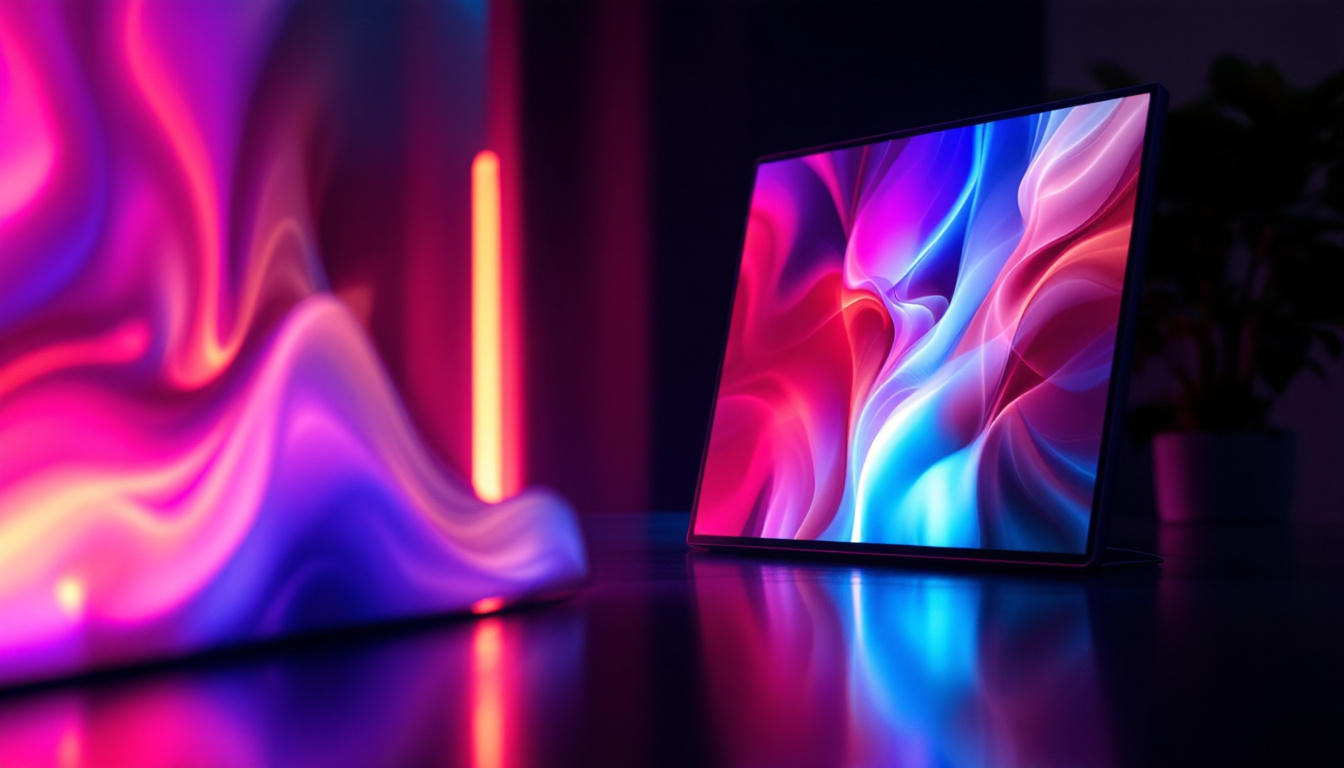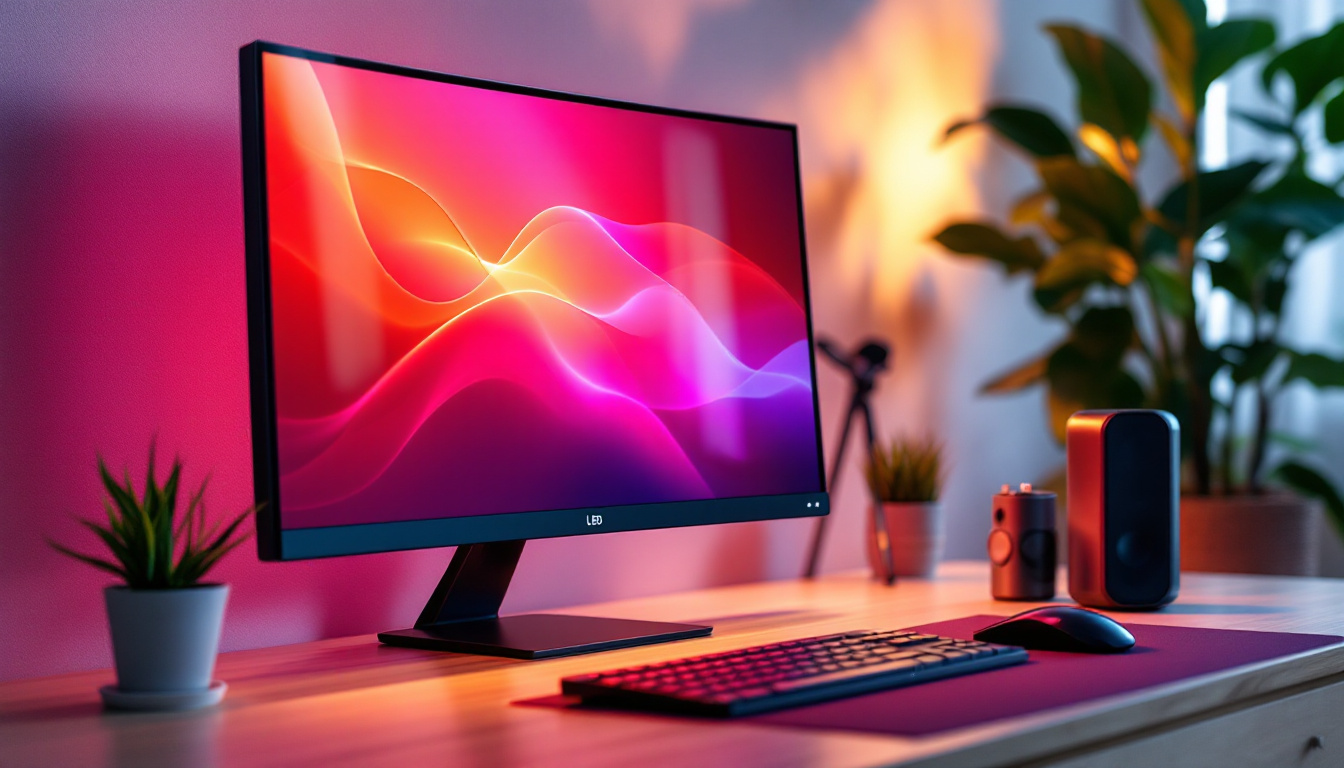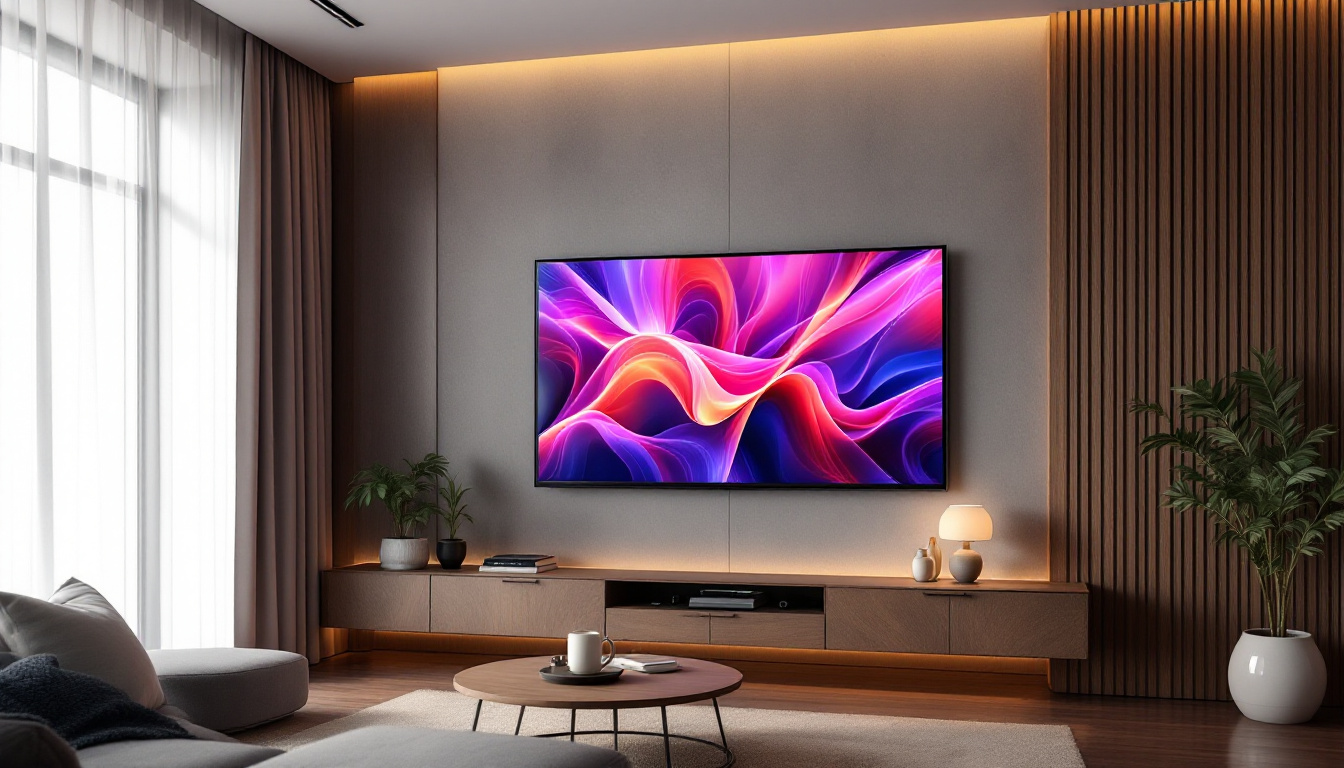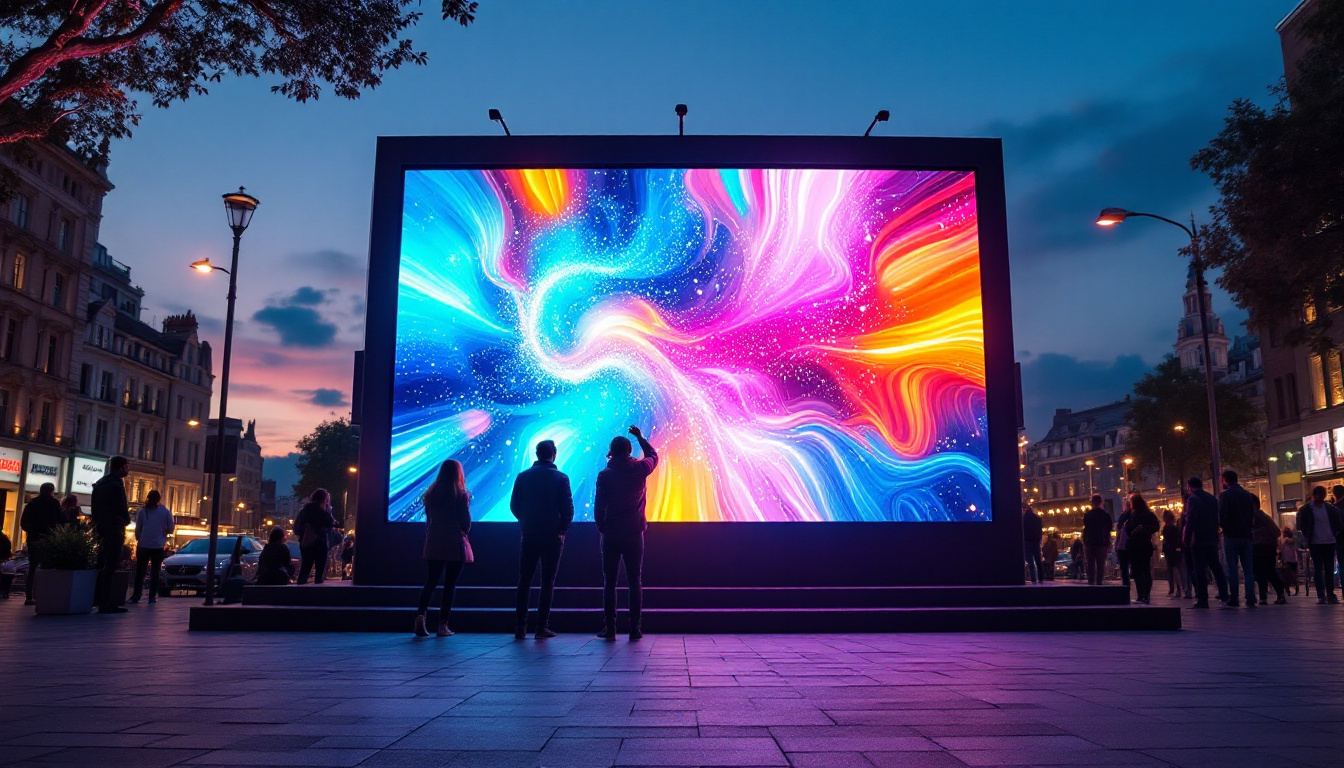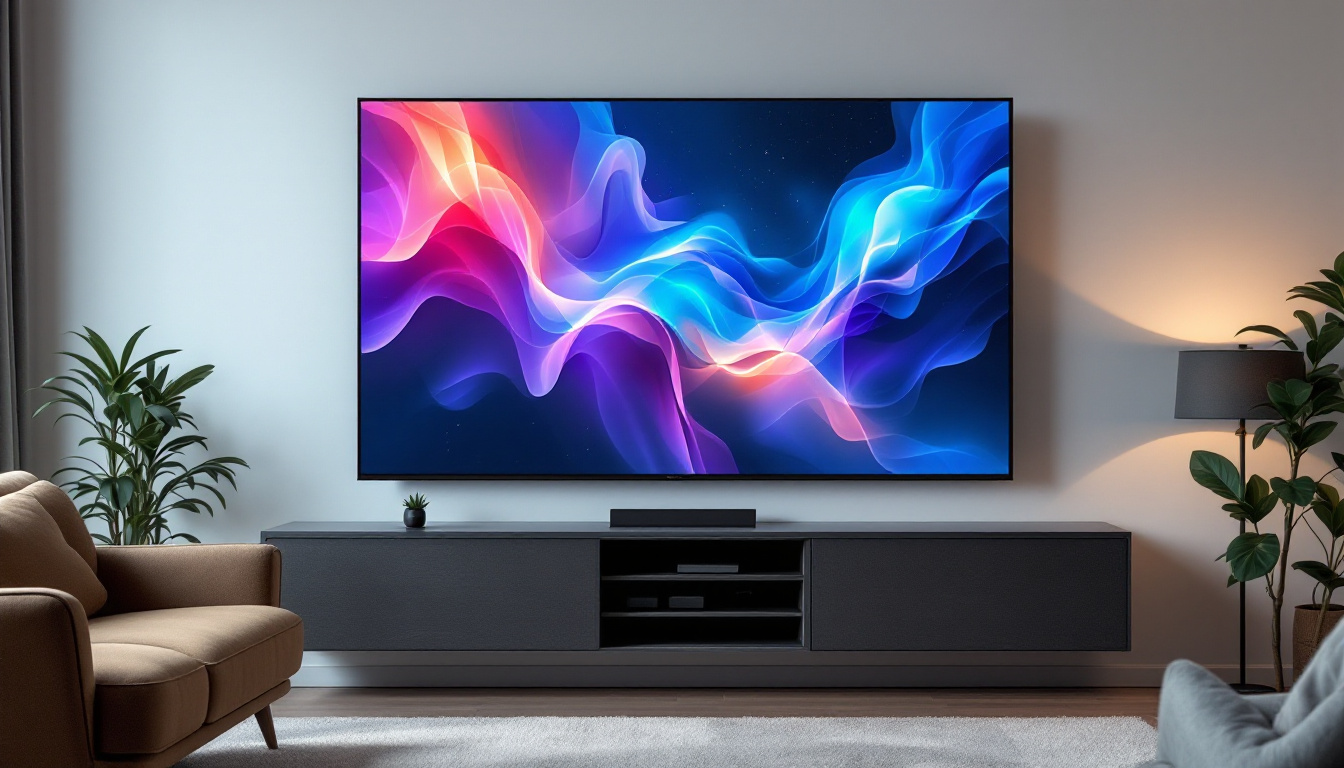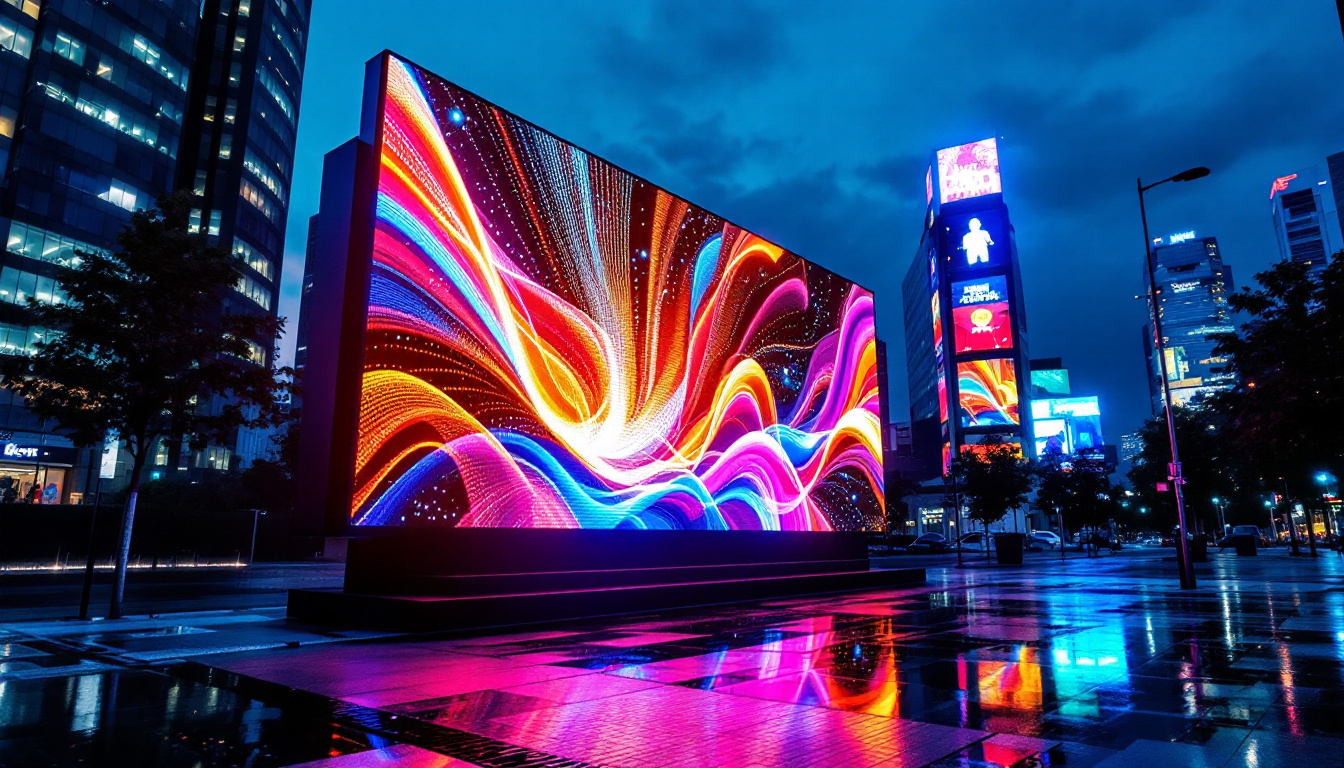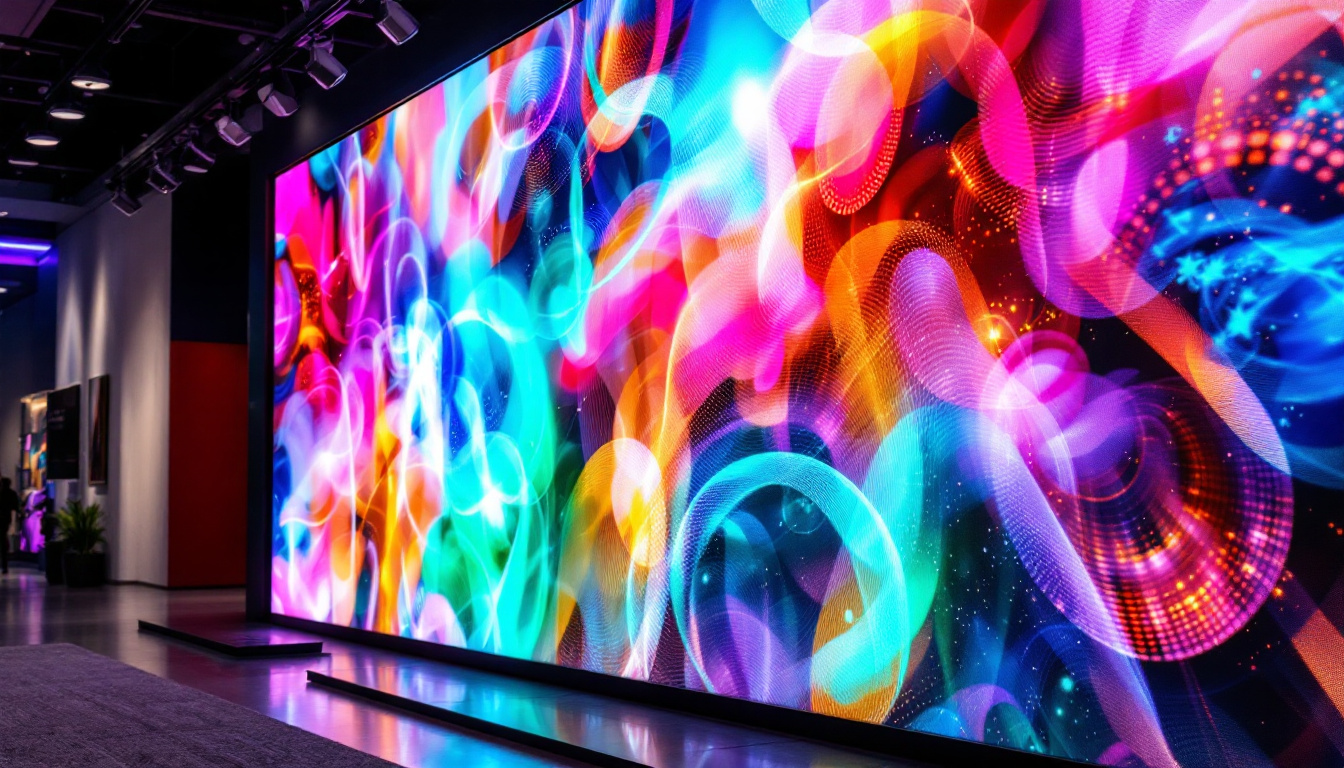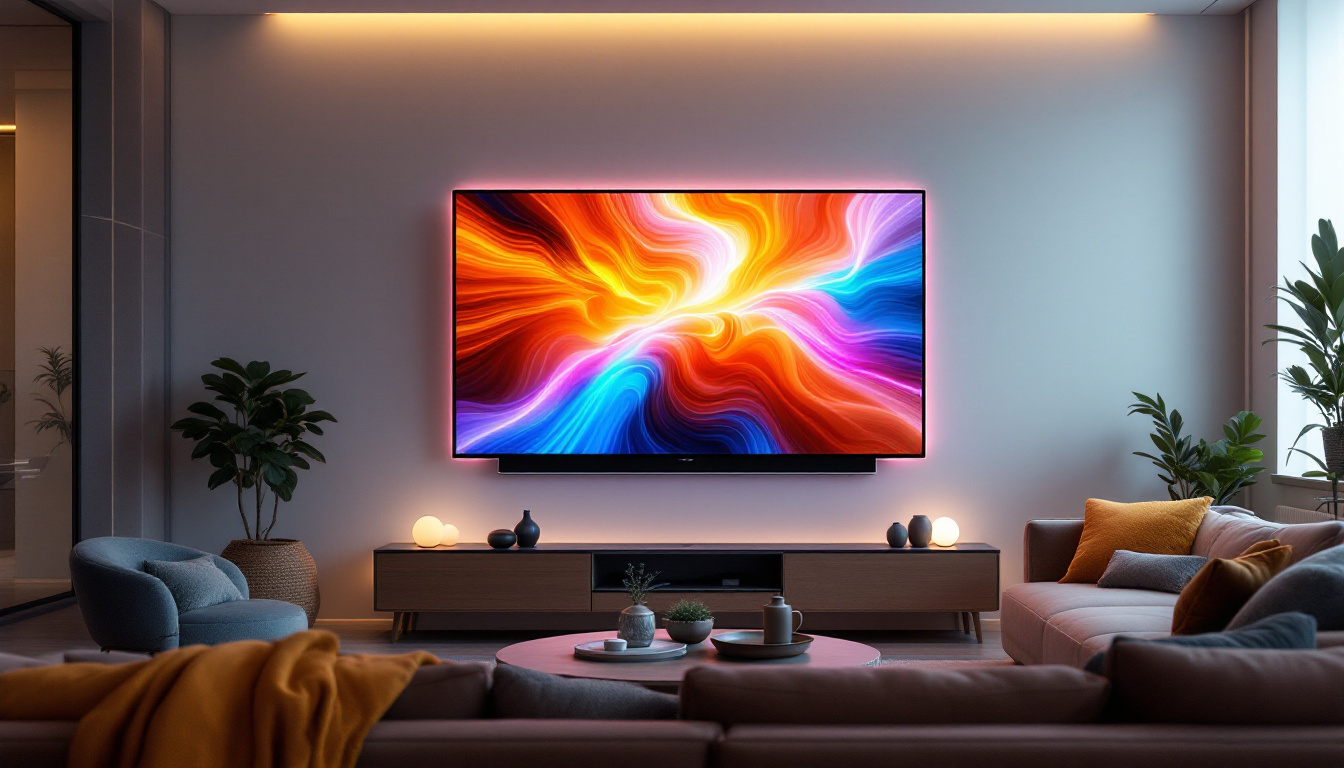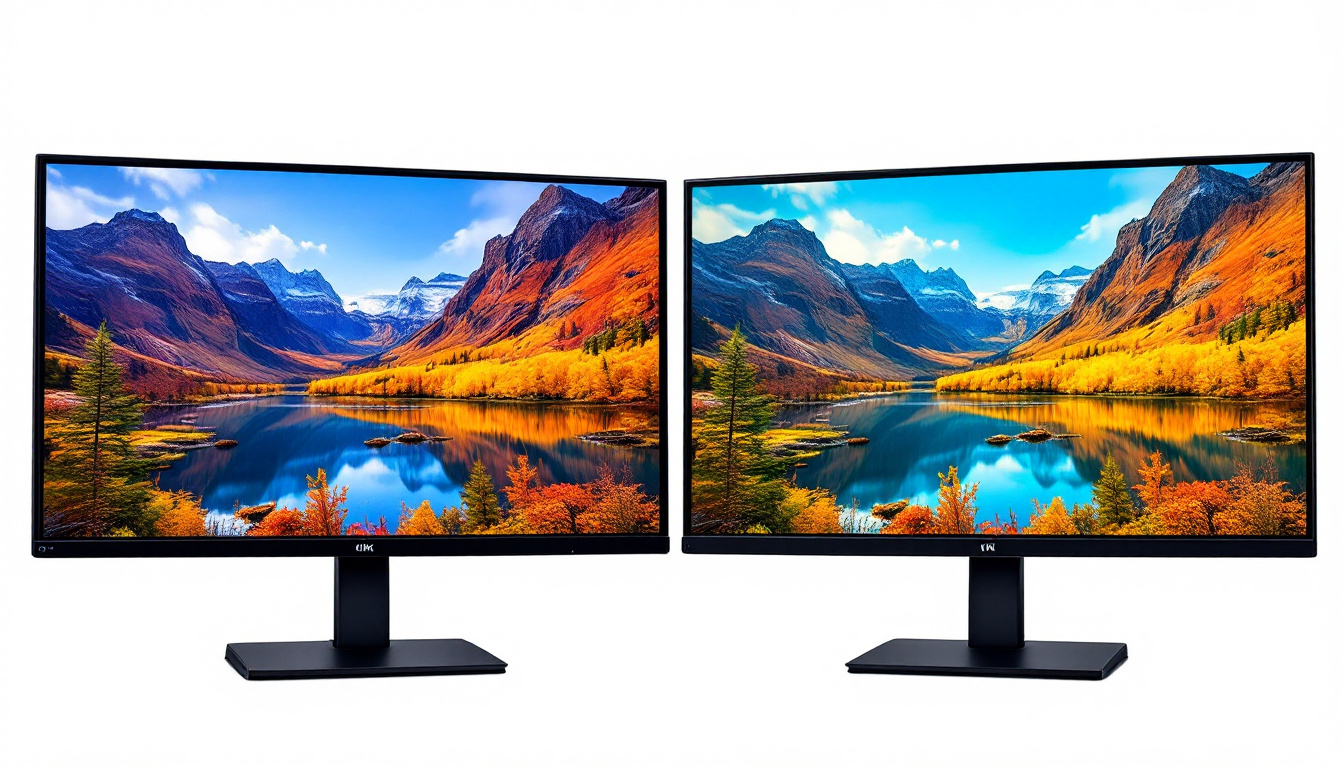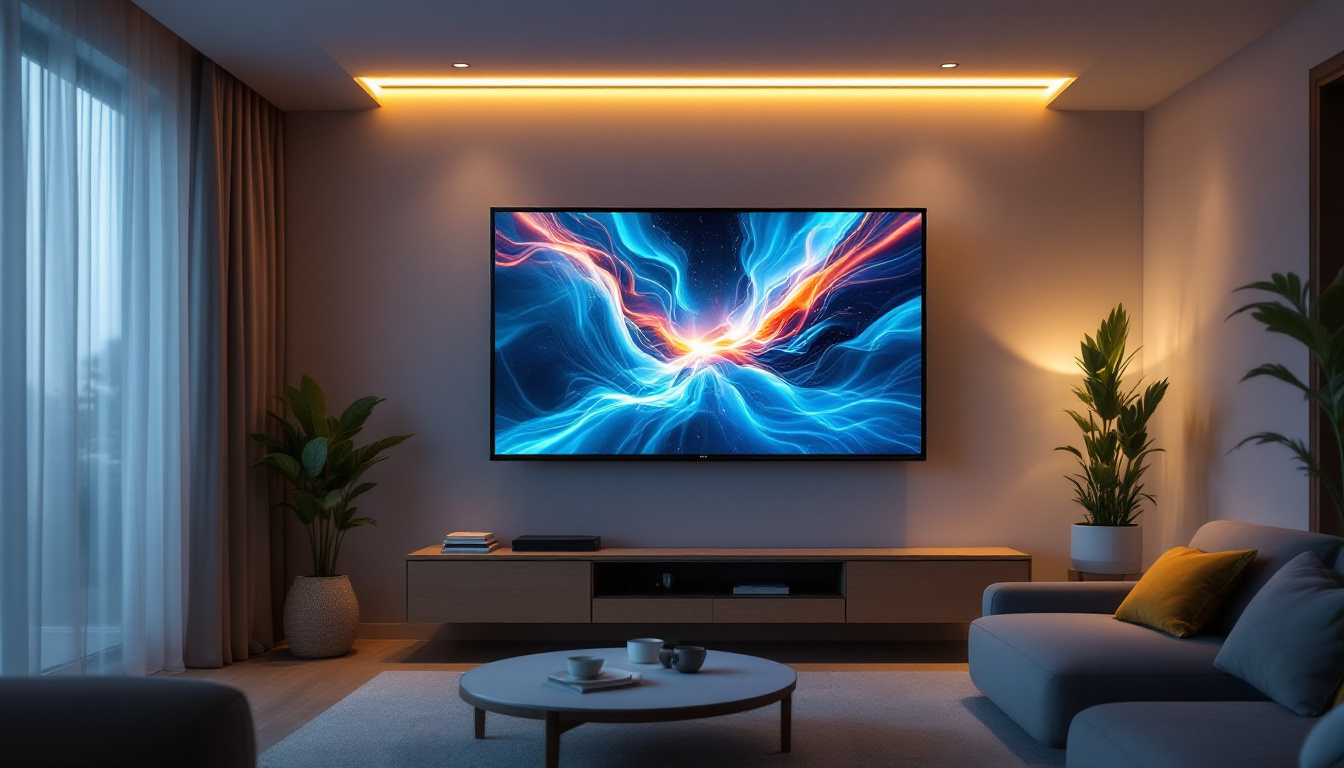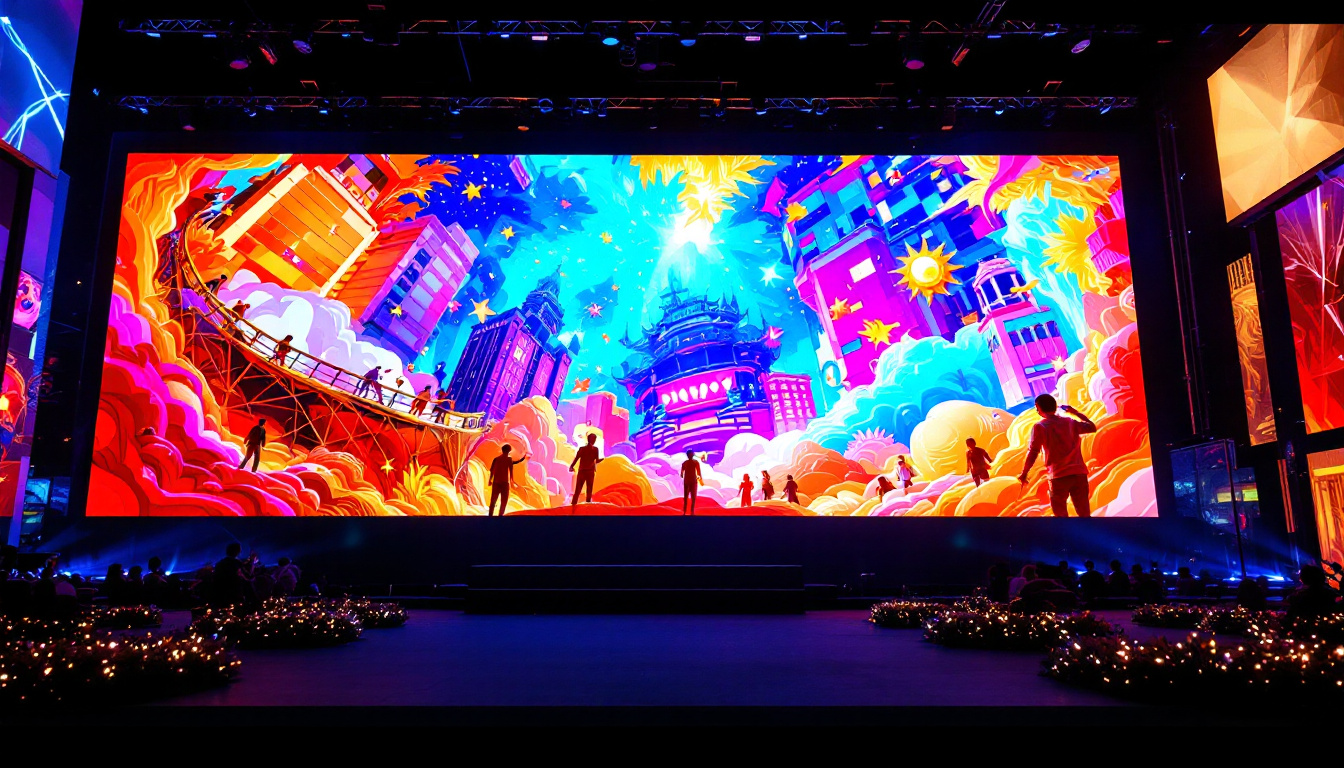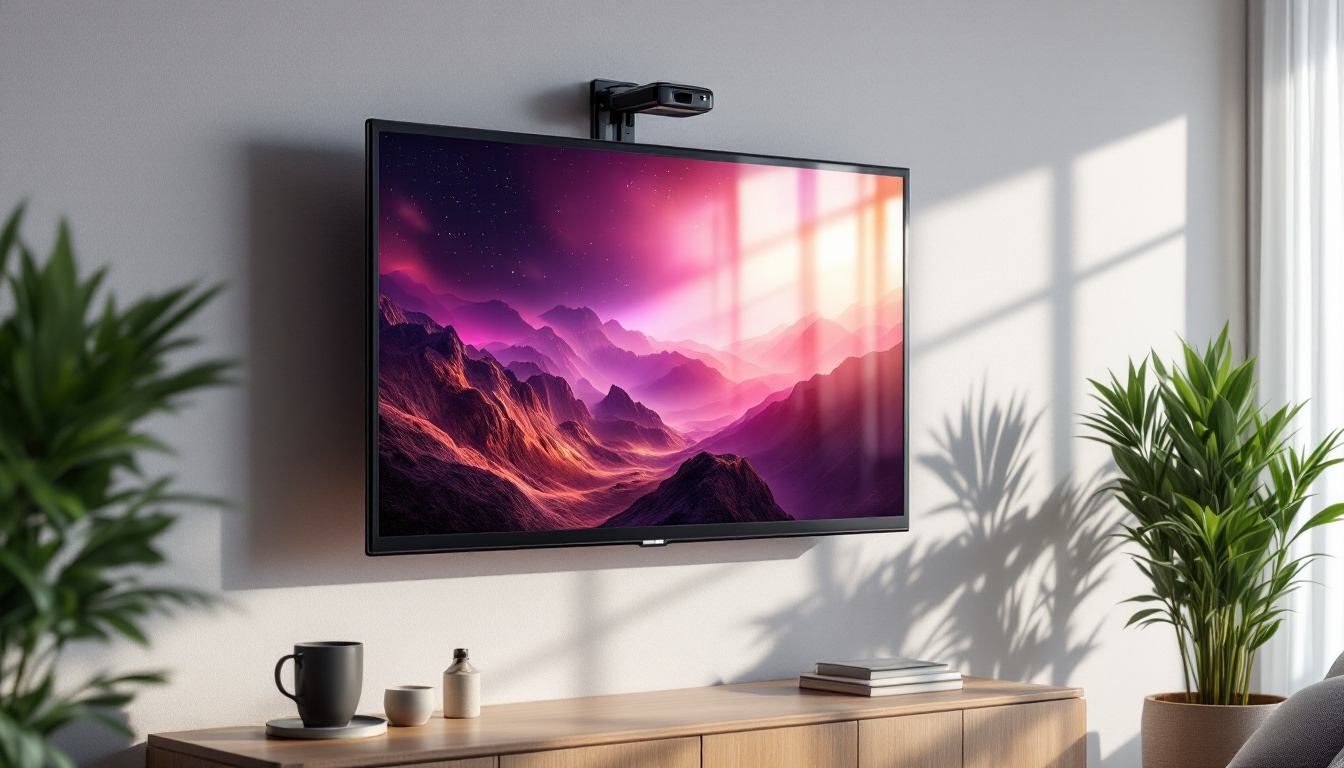In the rapidly evolving world of display technology, OLED (Organic Light Emitting Diode) panels have emerged as a revolutionary advancement, particularly in the realm of LED displays. These panels are not just a trend; they represent a significant leap in how visual content is presented, offering unparalleled quality and versatility. This article delves into the intricacies of OLED light panels, exploring their technology, advantages, applications, and future prospects.
Understanding OLED Technology
At its core, OLED technology is built on organic compounds that emit light when an electric current is applied. Unlike traditional LED displays, which rely on a backlight to illuminate pixels, OLED panels produce their own light. This fundamental difference leads to numerous benefits that enhance the viewing experience. The ability of OLED screens to create stunning visuals has made them a popular choice not only for televisions but also for smartphones, tablets, and even wearable devices, where display quality is paramount.
How OLED Works
OLED displays consist of several layers, including a substrate, an organic layer, and an anode. When electricity flows through the organic layer, it excites the organic molecules, causing them to emit light. The colors produced depend on the specific organic materials used. This self-emissive nature allows for deeper blacks and a broader color range, making OLED displays particularly vibrant. Additionally, the thin profile of OLED technology enables manufacturers to create ultra-slim devices, which are aesthetically pleasing and convenient for users who prefer portability without sacrificing quality.
Comparison with Traditional LED Displays
Traditional LED displays utilize a liquid crystal display (LCD) technology paired with LED backlighting. While they can achieve impressive brightness levels, they often struggle with contrast ratios. In contrast, OLED panels can turn off individual pixels, resulting in true blacks and a much higher contrast ratio. This capability not only improves the overall image quality but also enhances energy efficiency, as dark images consume less power. Furthermore, OLED displays offer wider viewing angles compared to their LCD counterparts, allowing viewers to enjoy consistent colors and brightness from various positions, making them ideal for group viewing scenarios.
Moreover, the rapid response time of OLED technology minimizes motion blur, making it an excellent choice for fast-paced content such as action movies and video games. This responsiveness is particularly beneficial for gamers, who require precision and clarity during gameplay. As the technology continues to evolve, manufacturers are also exploring ways to improve the longevity and durability of OLED screens, addressing concerns such as burn-in, which can occur when static images remain on the screen for extended periods. These advancements promise to further solidify OLED’s place as a leading display technology in the market.
Advantages of OLED Light Panels
The advantages of OLED technology extend beyond just superior image quality. Several key benefits make OLED light panels an attractive option for both consumers and professionals alike.
Superior Image Quality
One of the most significant advantages of OLED panels is their ability to produce stunning visuals. With a wide color gamut and exceptional contrast ratios, OLED displays can render images with remarkable accuracy. This makes them ideal for applications where color fidelity is crucial, such as graphic design and photography. Furthermore, the individual pixel illumination of OLED technology allows for true blacks, as pixels can be turned off completely, resulting in a depth of color and detail that is often unattainable with traditional LCD screens. This capability not only enhances the viewing experience for movies and games but also provides professionals with the precision needed for color-critical work.
Thin and Flexible Design
Another notable feature of OLED technology is its thin and flexible design. OLED panels can be manufactured to be incredibly thin, allowing for sleek, modern designs in televisions and mobile devices. Additionally, the flexibility of OLED technology opens up possibilities for innovative applications, such as curved displays and even wearable devices. This adaptability means that manufacturers can create unique form factors that enhance user experience, such as foldable smartphones that fit comfortably in a pocket or large screens that can be mounted seamlessly on walls. The potential for integration into various environments, from home theaters to public displays, is vast, making OLED a versatile choice for designers and architects.
Energy Efficiency
Energy efficiency is a growing concern in today’s technology-driven world. OLED panels consume less power compared to traditional LED displays, especially when displaying darker images. This not only reduces electricity costs but also contributes to a smaller carbon footprint, making OLED a more environmentally friendly choice. Moreover, the longevity of OLED technology is noteworthy; while the initial investment may be higher, the reduced energy consumption and longer lifespan can lead to significant savings over time. As global awareness of sustainability increases, the preference for energy-efficient technologies like OLED is likely to grow, further solidifying its position in the market. Additionally, advancements in OLED manufacturing processes continue to improve efficiency, ensuring that this technology remains at the forefront of eco-conscious innovation.
Applications of OLED Light Panels
The versatility of OLED technology has led to its adoption across various industries. From consumer electronics to professional applications, OLED light panels are making their mark.
Consumer Electronics
In the realm of consumer electronics, OLED displays are increasingly found in high-end televisions, smartphones, and tablets. The immersive viewing experience offered by OLED technology has made it a preferred choice for media consumption, gaming, and everyday use. Brands have embraced OLED for flagship devices, showcasing the technology’s capabilities in vibrant colors and deep blacks. The thin profile of OLED panels also allows for sleeker designs, enabling manufacturers to create ultra-slim devices that are both aesthetically pleasing and functional. Furthermore, with the advent of 8K OLED TVs, consumers are now able to enjoy an unprecedented level of detail and clarity, making home viewing experiences more cinematic than ever before.
Professional Displays
For professionals in fields such as graphic design, video editing, and photography, OLED panels provide the precision needed for accurate color representation. High-end monitors equipped with OLED technology are becoming standard in creative studios, allowing artists and designers to work with confidence, knowing that their displays accurately reflect their work. The wide color gamut and exceptional contrast ratios of OLED panels enable professionals to see their creations in the best possible light, ensuring that every detail is captured and represented faithfully. Additionally, the rapid response times of OLED displays minimize motion blur, which is crucial for video editing and animation work, where every frame counts.
Automotive Displays
As vehicles become increasingly equipped with advanced technology, OLED displays are finding their way into dashboards and infotainment systems. The ability to create sleek, customizable interfaces enhances the user experience while providing clear visibility in various lighting conditions. With the integration of OLED technology, automotive manufacturers can offer vibrant displays that not only convey essential information but also enhance the overall aesthetic of the vehicle’s interior. Moreover, OLED panels can be designed to be flexible, allowing for innovative shapes and configurations that can seamlessly blend into the car’s design. This flexibility opens up new possibilities for interactive displays, such as touch-sensitive controls and dynamic ambient lighting that can change based on the driver’s preferences or the vehicle’s mood settings.
The Future of OLED Technology
The future of OLED technology appears bright, with ongoing advancements promising even greater capabilities. As manufacturers continue to innovate, several trends are emerging that could shape the landscape of OLED displays.
MicroOLED Technology
MicroOLED technology is an exciting development that miniaturizes OLED displays, making them suitable for applications like augmented reality (AR) and virtual reality (VR). This technology promises to deliver high-resolution images in compact form factors, paving the way for immersive experiences that blend the digital and physical worlds.
Improved Lifespan and Durability
One of the challenges facing OLED technology has been the lifespan of the organic materials used in displays. However, research is ongoing to enhance the durability and longevity of OLED panels. Innovations in materials science are expected to yield OLED displays that not only last longer but also resist burn-in issues, making them more reliable for everyday use.
Integration with Smart Technologies
As the Internet of Things (IoT) continues to expand, the integration of OLED displays with smart technologies is likely to grow. From smart home devices to wearables, OLED panels can offer dynamic and interactive interfaces that enhance user engagement and functionality.
Challenges Facing OLED Technology
Despite its many advantages, OLED technology is not without challenges. Understanding these challenges is crucial for potential users and manufacturers alike.
Cost of Production
Currently, the production costs of OLED panels are higher than those of traditional LCD displays. This cost factor can limit the widespread adoption of OLED technology, particularly in budget-friendly consumer products. However, as manufacturing processes improve and scale, prices are expected to decrease, making OLED more accessible.
Burn-in Issues
Burn-in is a phenomenon where static images can leave a permanent mark on an OLED display over time. This issue can be particularly concerning for users who display static content for extended periods. While manufacturers are implementing software solutions to mitigate burn-in, ongoing research is needed to fully address this challenge.
Market Competition
The display market is highly competitive, with various technologies vying for dominance. LCD, Mini-LED, and MicroLED technologies are all contenders that offer different advantages. As these technologies continue to evolve, OLED manufacturers must innovate to maintain their position in the market.
Conclusion
OLED light panels represent a significant advancement in display technology, offering unparalleled image quality, energy efficiency, and design flexibility. Their applications span a wide range of industries, from consumer electronics to professional displays and automotive systems. While challenges remain, ongoing research and development promise to enhance OLED technology further, making it an exciting area to watch.
As the demand for high-quality displays continues to grow, OLED technology is poised to play a crucial role in shaping the future of visual content. With continuous improvements and innovations on the horizon, OLED light panels are not just a fleeting trend; they are a cornerstone of modern display technology.
Discover the Future of Display Technology with LumenMatrix
Ready to experience the pinnacle of display innovation? LumenMatrix invites you to explore our comprehensive range of LED display solutions, designed to bring your visual content to life. From Indoor and Outdoor LED Wall Displays to specialized options like Vehicle, Sports, and Floor LED Displays, our mission is to transform your communication with vibrant, energy-efficient, and impactful signage. Embrace the future with our Custom, All-in-One, and LED Transparent Displays, each crafted to meet your unique needs. Check out LumenMatrix LED Display Solutions today and see how we can help you make a lasting impression in the world of visual engagement.

